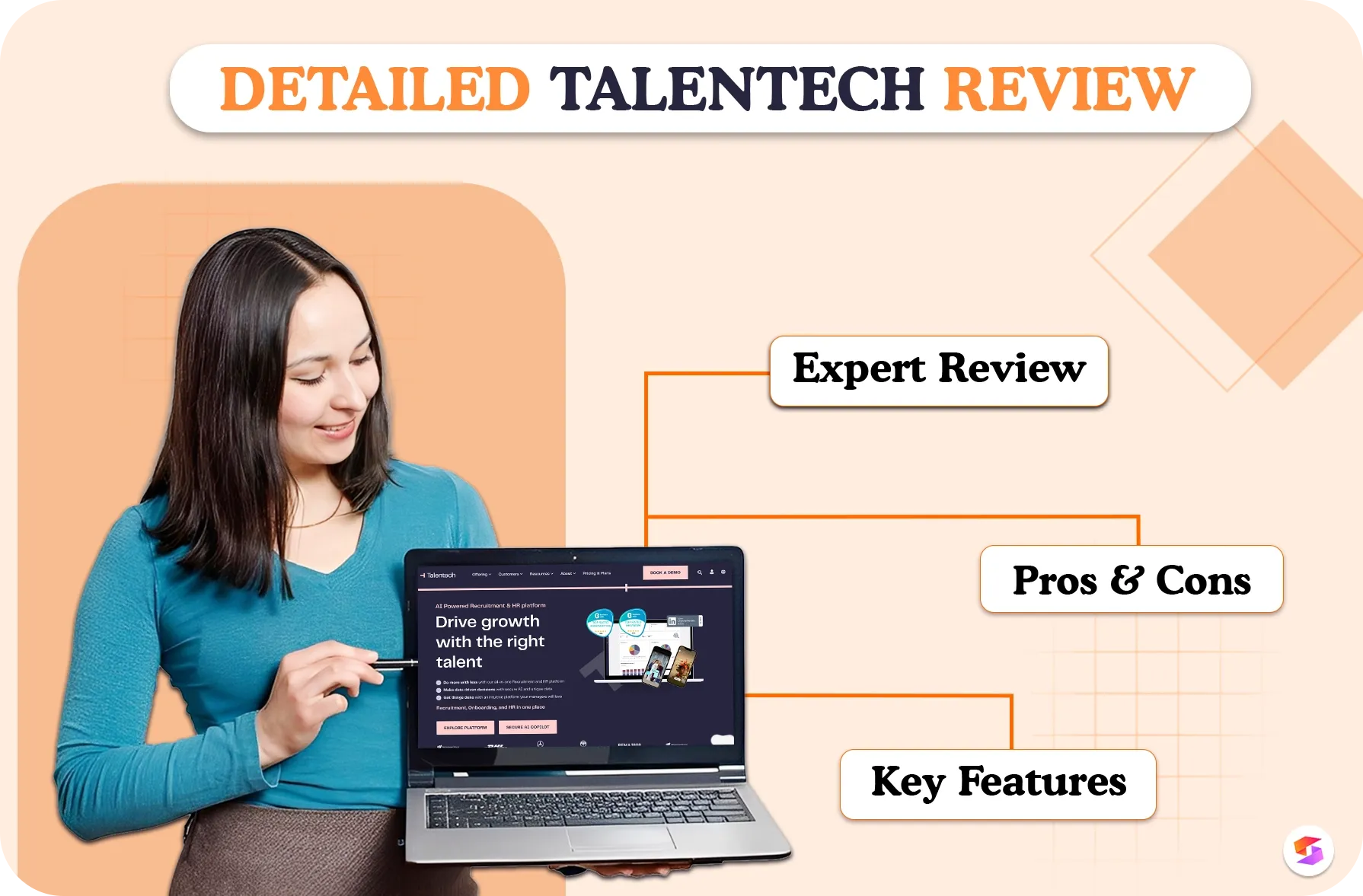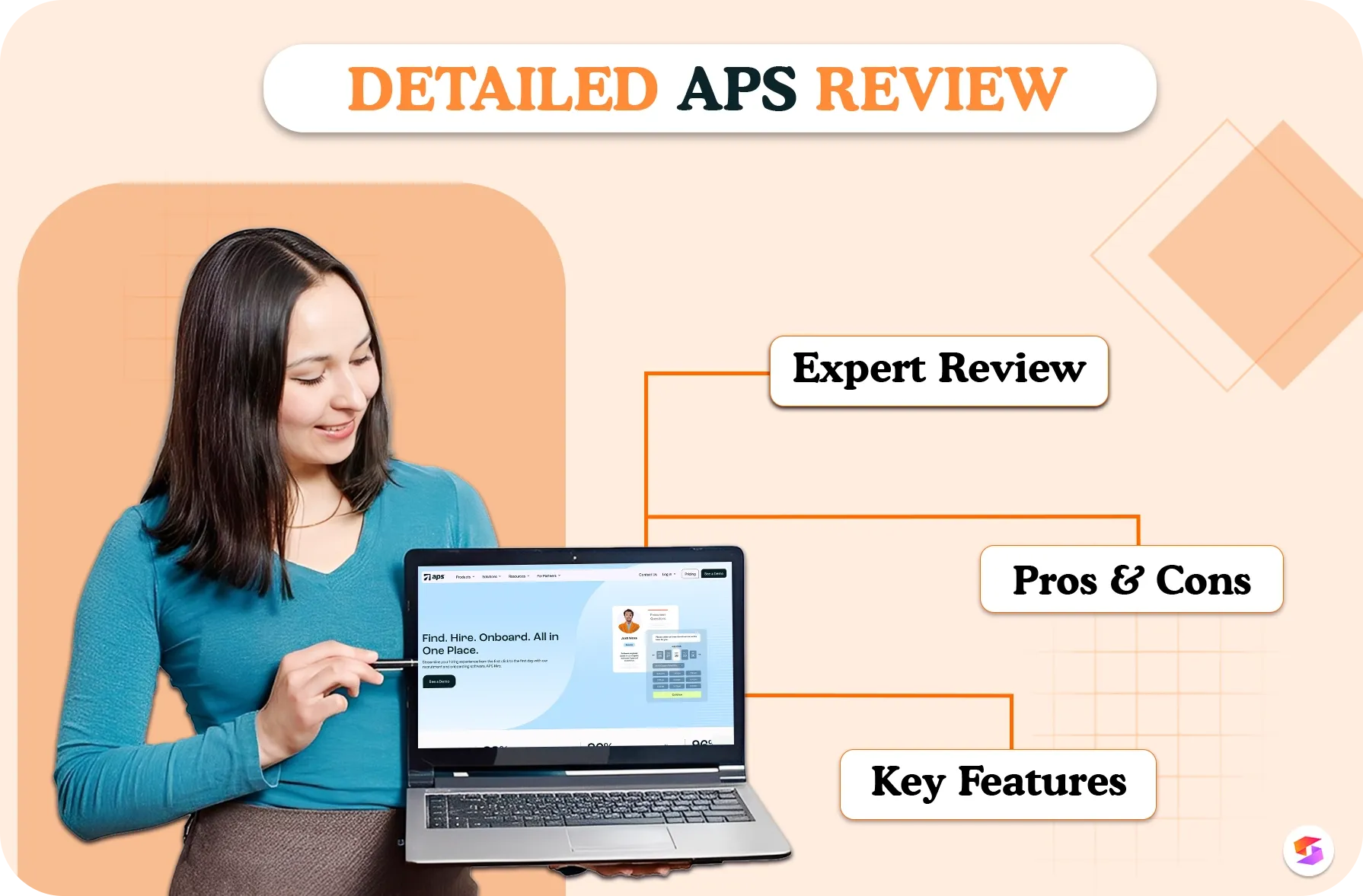In today’s ever-changing job market, advanced text extraction is key for HR pros and recruiters. It extracts the important stuff from resumes and CVs, so hiring is faster.
As more companies are using tech, knowing how to use these methods is a must. A SHRM report shows that many employers are adding AI to their processes.
So, candidate evaluation needs to be streamlined. This section will look into how these advanced methods help you build a solid recruitment strategy.
Summary
- Advanced text extraction methods speed up data processing in recruitment.
- AI resume parsers extract resume data automatically, reducing manual work.
- Streamlined candidate evaluation means faster hiring decisions.
- Technology is becoming the norm in recruitment.
- You need to know these methods as an HR pro.
Optical Character Recognition (OCR) for Scanned Documents
Optical Character Recognition (OCR) technology converts scanned documents into editable formats. It helps organisations to manage resumes from physical copies easily. Makes scanning and managing resumes a breeze.
Modern OCR uses advanced algorithms to find and convert text from images, including JPG, PNG, GIF, and others. For example, Image to text can recognise many text styles and extract them accurately using OCR algorithms.
Microsoft says the OCR process involves segmentation and character recognition. Documents are broken into parts, and each letter and number is identified correctly. This way, important data is accurate during scanning, which is crucial for recruiters and employers who need exact resume data.
- Extracts text from scanned documents faster.
- Supports various formats of images for user convenience.
- Don’t lose critical info during text extraction from resume images.
Natural Language Processing (NLP) for Unstructured Data
Natural Language Processing (NLP) is used to analyze unstructured data, like in resume parsing. Resumes have many types of information, from work history to skills and personal statements. With NLP, companies can better understand and use this information to pick better candidates.
Important text extraction methods like tokenisation and lemmatisation are at the core of NLP. Tokenisation breaks text into words or phrases. Lemmatisation changes words to their base form. These help AI-powered resume parsers dig deeper into unstructured data and get a more accurate analysis of candidate skills. Similar to how NLP methods extract meaning, tools like WriterGenerator can be used to assist in generating text by structuring ideas and refining language.
- NLP extracts context from resumes.
- Sentiment analysis detects the tone of applicant statements.
- Nuance detection recognises different experience descriptions.
NLP does more than just extract data in recruitment. By using these text extraction methods, companies can make hiring more data-driven. As recruitment strategies change, NLP is changing how unstructured data is used. This means better decisions based on the detailed info in resumes.
Deep Learning Algorithms for Complex Data Extraction
Deep learning algorithms are a big leap in artificial intelligence, especially for complex data extraction. They are used to make sense of the vast amount of information in different resume formats. Tools like convolutional neural networks (CNNs) are good at pattern recognition, so it’s easier to extract data from different resume layouts.
Using deep learning in this way improves resume parsing. This means recruiters can understand candidate skills and experiences better. It also captures important details accurately, and recruiters can find better candidates.
- Convolutional Neural Networks (CNNs) for image and text analysis.
- Recurrent Neural Networks (RNNs) for sequential data.
- Transformers for natural language processing.
By using these advanced techniques, companies can make the hiring process more efficient. The combination of deep learning and AI resume parsers means smoother workflows and better choices for candidates.
These deep learning algorithms bring a lot of power to complex data extraction. They will keep evolving and shape the future of recruitment technology and make it more efficient.
Different Resume Formats
Today, finding the right talent is hard because of the many resume formats available. Recruiters are faced with PDFs, Word, HTML and more. It’s important for companies to have a solid strategy to get the most out of these resumes.
Parsers for different resume styles are a must. These parsers need to make sense of many resume layouts. Otherwise, it will miss out on great candidates.
- Knowing the common resume formats is a requirement. Each has its own set of parsing problems.
- Investing in tech that supports better data extraction helps a lot in the hiring process.
- Informing candidates of preferred formats makes parsing easier and data more accurate.
Being able to handle different resume formats helps in building full candidate profiles. This means companies can make better hiring decisions.
Contextual Understanding through Semantic Analysis
Semantic analysis is key for AI resume parsers to understand the context of resumes better. It goes beyond just keyword search. It helps find relevant information, especially for jobs that require special skills.
Methods like vector space models and word embeddings help analyze how words are related to each other in resumes. Studies from Stanford’s Natural Language Processing Group show how important these methods are. They help get the meaning behind the words.
Using NLP for unstructured data makes hiring better. It helps evaluate candidates more accurately, so semantic analysis is key to finding the best talent.
Entity Recognition for Information Extraction
Entity recognition is important in recruitment. It helps find and extract important information like names, places, skills, and dates from resumes. This makes it easier for companies to check out candidates quickly and deeply.
AI resume parsers use entity recognition to turn unorganized data into structured data. This makes it easy for hiring teams to look at candidates by their skills and experiences. For example, an AI parser can spot a candidate’s tech skills in a CV, so it’s easier to see their qualifications.
Entity recognition makes hiring faster and more efficient. It saves HR folks time in resume reviews. With advanced text extraction, important details won’t be missed, so better hiring decisions can be made.
Also, natural language processing is improving, so entity recognition systems are becoming more accurate. As these systems improve, they can handle complex language better, so more precise information extraction is needed.
Pattern Recognition and Regular Expressions
Pattern recognition and regular expressions are important in text extraction. They help systems find specific patterns in text, like in resumes. Regular expressions are good for finding complex patterns, like phone numbers or email addresses. This makes it easier for recruiters to get contact information.
Pattern recognition and regular expressions make resume parsing better. These tools automate the process, so it’s more accurate and faster. For example, a regex can match different phone number formats and adapt to various styles in candidate submissions.
These are used in many ways:
- Extracting different email formats from text documents.
- Finding dates and other important numbers.
- Filtering out irrelevant content to focus on what matters.
Pattern recognition and regular expressions work together to make data collection in recruitment more efficient. By using these, companies can go through hundreds of resumes quickly and easily.
Non-Textual Elements
Resume parsing is not just about pulling out words. It’s also about getting graphics, logos and tables. These are important to fully understand a candidate’s skills and how they present themselves.
New tech in image recognition can extract these non-text elements from resumes. Articles like “Extracting Non-Textual Information from Resumes” by IEEE show how to do this. So, companies can see candidates' visual skills, too.
Advanced text techniques can also help one look deeper into resumes. They can extract info from tables so the candidate’s achievements are clear. By using these methods, companies can make sure they don’t miss out on visual information when selecting candidates.
Adding non-text elements to resume checks helps companies get the full picture of candidates. So recruiters can make better decisions and improve their review process.
Conclusion
Advanced text extraction techniques are key to improving recruitment efficiency and making AI resume parsers better. These are OCR, NLP and Deep Learning algorithms. They help companies evaluate candidates better. These are important as the recruitment landscape changes. It helps in better hiring decisions. Companies that use strong resume parsing can find the best candidates quickly. This reduces the time to hire and the quality of new hires.
These can handle different resume formats, so no candidate misses out because of their resume look. The “Trends in Recruitment Technology” report by SHRM shows how these technologies make recruitment faster and better.
Advanced text extraction in recruitment means better hiring decisions. It helps companies to make more accurate assessments of candidates. So they can build a diverse and skilled team. Companies should adopt these to stay ahead in today’s fast-paced job market.
Frequently Asked Questions
Q1. What are advanced text extraction techniques?
Advanced text extraction techniques are ways to extract important data from resumes and CVs automatically. It makes hiring faster by AI understanding resumes well.
Q2. What is the role of Optical Character Recognition (OCR) in resume scanning?
Optical Character Recognition (OCR) is the one that converts scanned documents to text that computers can read. It helps resume parsers to work with physical resumes so important info is not missed.
Q3. How does Natural Language Processing (NLP) help in resume parsing?
Natural Language Processing (NLP) analyzes resume data by understanding language and context. This makes data extraction and candidate evaluation more systematic and data-driven.
Q4. What are deep learning algorithms, and how do they extract complex data?
Deep learning algorithms are advanced machine learning methods that can spot patterns in various data types, like resumes. They use advanced techniques to parse complex data more accurately.
Q5. Why should we handle different resume formats?
It’s important to handle different resume formats because people use many layouts, like PDF, Word and HTML. A good parsing strategy ensures all resume types are read correctly so full candidate profiles are kept.



